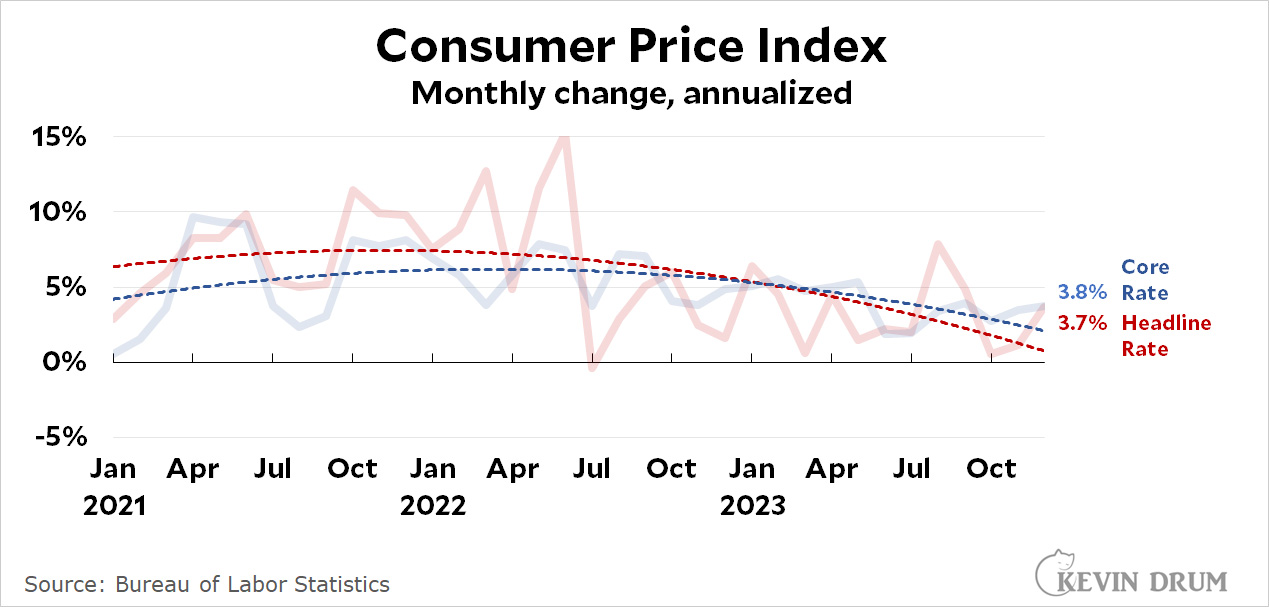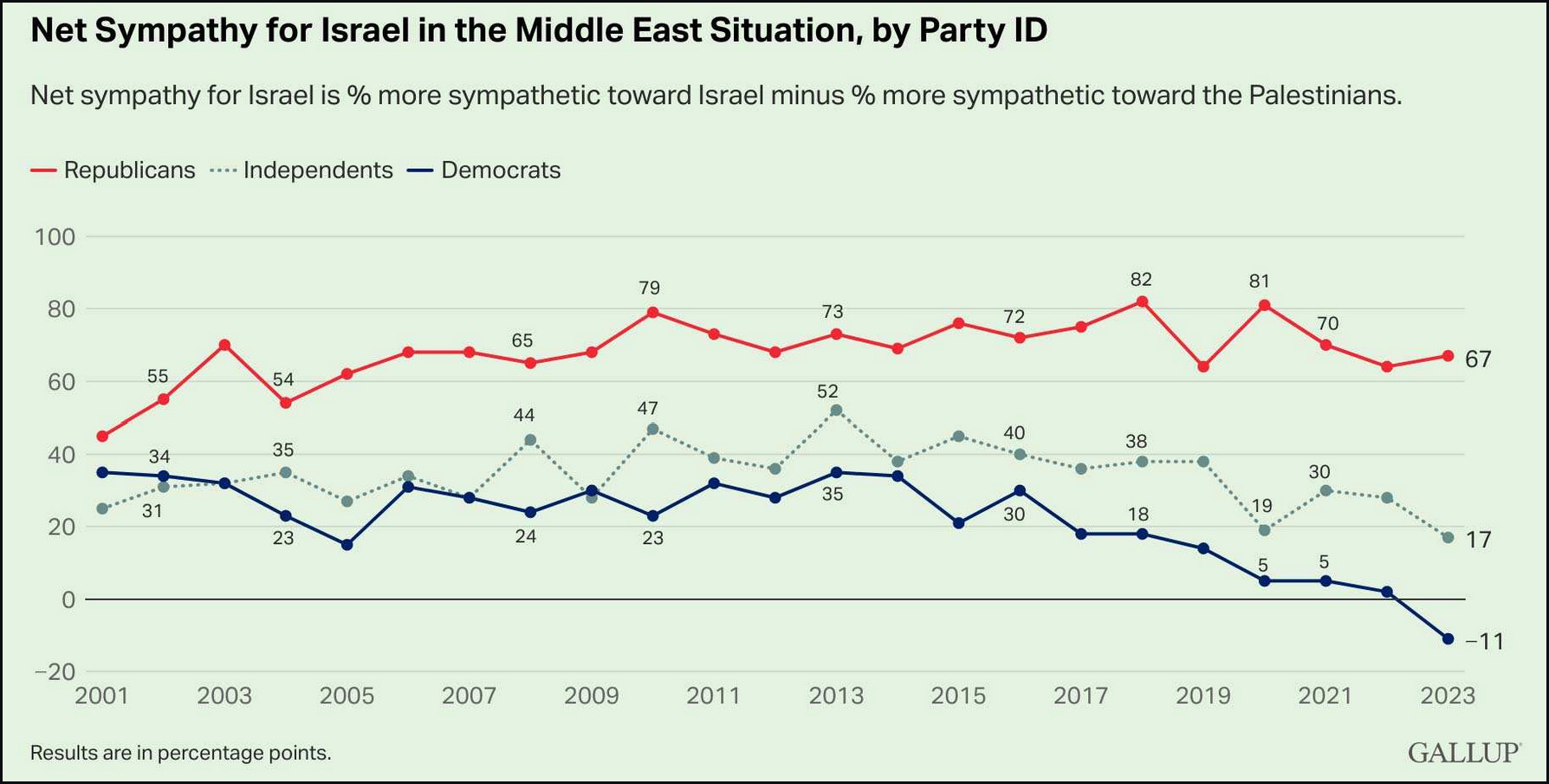The Wall Street Journal tells us today that more potent strains of marijuana are producing increased diagnosis of psychosis in teenage cannabis users:
Rates of diagnoses for cannabis-induced disorders were more than 50% higher at the end of November than in 2019, healthcare-analytics company Truveta said this week. The trend is contributing to the broader burden of caring for people who developed mental health and addiction problems during the pandemic.
....The average THC content of cannabis seized by the Drug Enforcement Administration was 15% in 2021, up from 4% in 1995. Many products advertise THC concentrations of up to 90%.
That sounds bad! But there are a couple of odd things. First, this data is for 2019-23 but the potency of cannabis hasn't changed much over that time period. All the increase came before 2019. Second, we've switched from "psychosis" to "cannabis-induced disorder." Third, there's no mention of teens here. Fourth, why no chart showing the actual data?
Truveta doesn't make this easy to find, but they do have a preprint article on their site with a nice chart. Here it is:
 Hmmm. This shows cannabis ER visits as a share of all ER visits. That's a bit of an odd statistic. More to the point, though, it shows a sudden 75% increase over the space of two months at the start of the pandemic and then nothing since then.
Hmmm. This shows cannabis ER visits as a share of all ER visits. That's a bit of an odd statistic. More to the point, though, it shows a sudden 75% increase over the space of two months at the start of the pandemic and then nothing since then.
There's obviously something weird going on here. A 75% increase in two months is not remotely credible. It has to be a statistical artifact of some kind, probably related to COVID since it happened precisely in March-April of 2020.
On the other hand, the rate has stayed high since then, compared to a steadily lower rate in 2019. So maybe it's real.
Bottom line: Something doesn't quite add up here. It's also worth noting that the raw rate of ER visits is minuscule: currently around 6 per 10,000 ER visits for all ages, or 0.06%. There's not a lot of this going on regardless of how you measure it. I'd take it all with a grain of salt for the time being.






